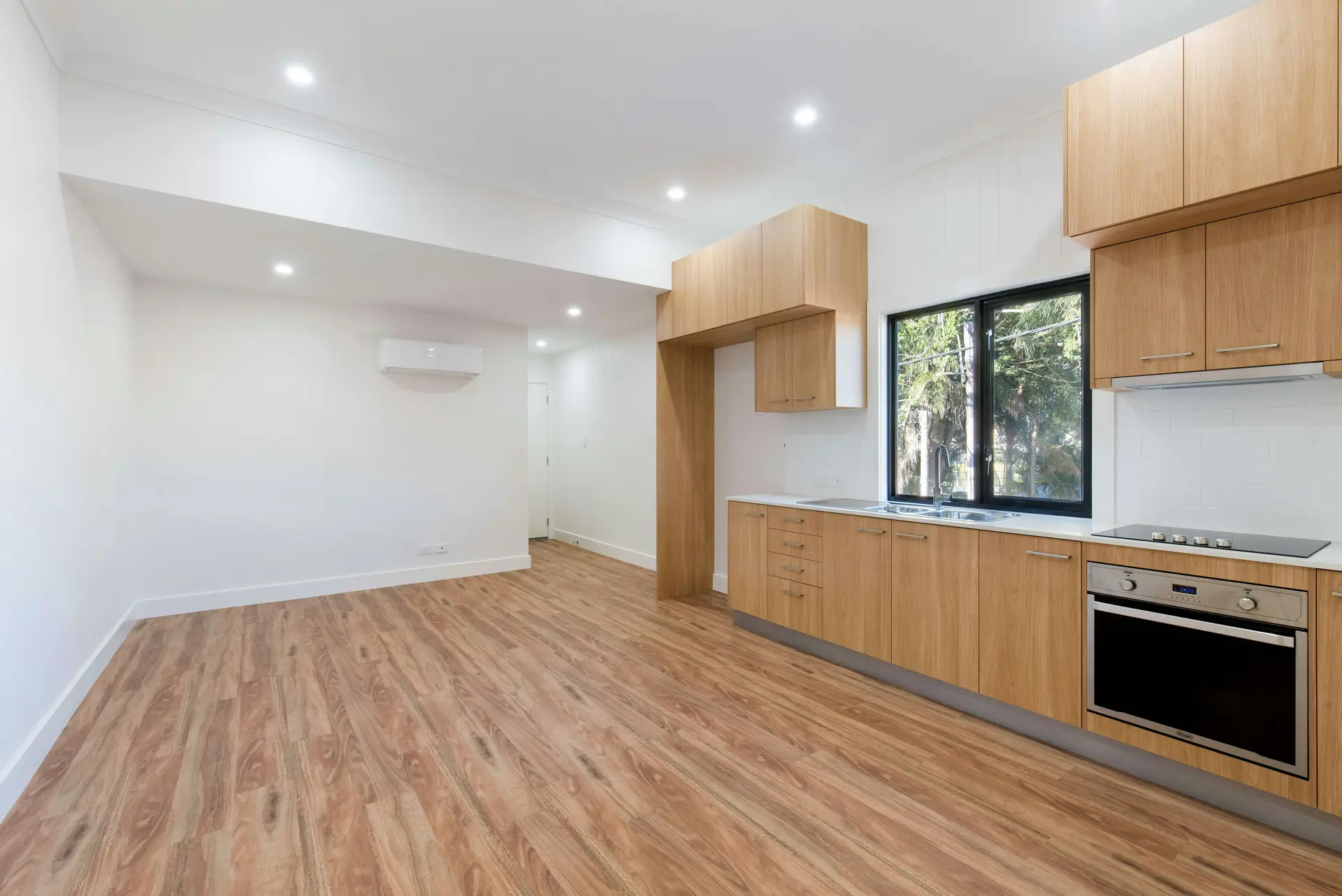Choosing the ideal flooring for your underfloor heating system
Underfloor heating systems are becoming increasingly popular among homeowners and builders alike. They offer comfort, efficiency, and the luxury of warm floors during cold months. However, selecting the right flooring for underfloor heating is crucial for maximizing these benefits. The efficiency of heat transfer and proper functioning of the heating system significantly depend on the flooring type chosen. This article aims to guide homeowners and builders in selecting suitable flooring for their underfloor heating setups.
Understanding flooring compatibility with underfloor heating
The significance of compatibility
Choosing flooring for underfloor heating involves more than just aesthetic considerations. Compatibility with the heating system is critical; it not only affects heat distribution and efficiency but also helps prevent potential material damage and performance issues. If the flooring material is not suitable, homeowners might experience uneven heating or even premature wear and tear.
Different types of underfloor heating systems
There are two primary types of underfloor heating systems:
- Electric underfloor heating: This system utilizes electric heat mats or cables. It's generally easier to install, especially in smaller spaces or renovations.
- Hydronic (water-based) underfloor heating: This system pumps heated water through pipes beneath the floor. While it may have higher installation costs, it tends to be more cost-effective for heating large areas.
Key factors to consider when choosing flooring
Understanding thermal conductivity
Thermal conductivity measures how well a material can conduct heat. In flooring for underfloor heating, high thermal conductivity ensures that heat efficiently rises to the surface, maintaining comfort.
Ranking of common flooring materials based on thermal conductivity:
- Tiles and stone: High thermal conductivity, making them excellent choices.
- Engineered wood: Moderate thermal conductivity, typically suitable if installed properly.
- Carpet and vinyl: Lower thermal conductivity, which may hinder heat transfer.
Evaluating material properties
When considering materials, both hard and soft flooring options should be examined closely.
-
Hard flooring options:
- Tile: Extremely durable and an excellent conductor of heat. It can be cold underfoot, but it works well with warming systems.
- Stone: Offers superior thermal conductivity, creating an ideal pairing with underfloor heating.
- Engineered wood: Offers aesthetic appeal with decent performance. However, care should be taken to choose products designed explicitly for underfloor heating.
-
Soft flooring options:
- Carpets: Often chosen for comfort, but they can significantly reduce the heating system's effectiveness due to their insulating properties.
- Vinyl: Offers a good balance of comfort and conductivity. Many modern vinyl products are designed for use with underfloor heating.
- Laminate: Typically has lower thermal conductivity than other hard surfaces but can work in specific setups.
Considering thickness and installation
Impact of flooring thickness on heat transfer: Thicker flooring materials can trap heat and reduce efficiency. Ideally, homeowners should choose thinner options that still meet their comfort needs.
Installation methods: The way flooring is installed can also affect performance. Floating floors may allow for better heat transfer compared to glued or nailed methods, particularly with engineered wood.
Importance of moisture resistance
Moisture resistance is particularly crucial for hydronic underfloor heating systems, which can sometimes leak. Suitable materials will prevent warping or mold growth, ensuring longevity and safety. Recommended moisture-resistant options include tiles and vinyl.
Evaluating cost considerations
Balancing initial investment with long-term savings
It's essential to balance initial costs with long-term benefits. While stone or tile may have a higher upfront cost, their energy efficiency can lead to savings on heating bills over time.
Assessing maintenance and durability
While considering flooring choices, it's also worthwhile to factor in maintenance and durability. Hard materials typically require less upkeep and tend to last longer than soft materials, which may wear more quickly.
Exploring aesthetic and functional considerations
Aligning with design preferences
The flooring choice should complement the home's interior design. Various textures and colors can be found across flooring types, allowing for customization that meets personal preferences.
Enhancing comfort and usability
Ultimately, the comfort of warmth underfoot adds to the overall indoor climate. Additionally, certain materials can offer noise reduction and insulation benefits, enhancing the living experience.
Recommendations for specific flooring types
Optimal hard flooring choices
Tiles, stone, and engineered wood all have their advantages.
- Tiles: Highly durable and great conductivity.
- Stone: Provides an upscale, natural look while retaining heat well.
- Engineered wood: Offers versatility and beauty while remaining compatible with heating systems.
Optimal soft flooring choices
- Carpet: Warm and inviting but potentially less effective for heat transfer.
- Vinyl: Versatile and increasingly popular for underfloor heating compatibility.
- Laminate: Offers a wood-like appearance but check for thermal properties before choosing.
Where to find quality flooring for underfloor heating
For homeowners looking for high-quality options, visit 7braci.com. This collection features various flooring materials designed specifically for compatibility with underfloor heating systems. The products cater to different aesthetic needs while ensuring effective heat transfer and durability.










